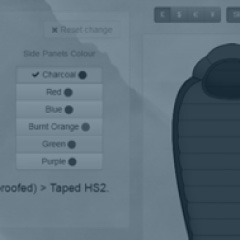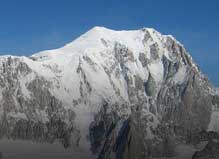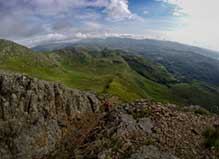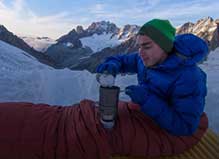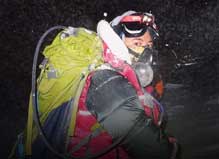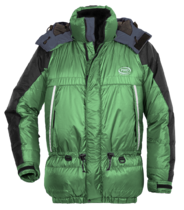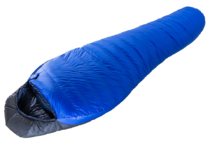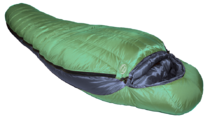The Lowdown
Extraordinary stories and technical knowhowTotting up the Differences
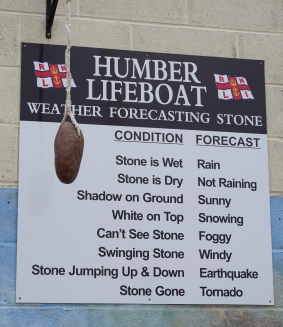
It’s unusual for clothing to be rated according to temperature, for pretty much the reason just given: you need experience to know how cold you’ll feel on any given day (and you need to know if you’ll be running, walking, climbing, standing around, doing star jumps or whatever), and obviously we don’t know any of that when we’re making a jacket.
So why do we use temperature ratings then?!
It’s to help you choose. You’ll find a Typical Operating Temperature (TOT) supplied for each of our garments, and the thing to remember is: we know it’s only a rough guide. It has to be, if you think about it. A figure in degrees is very precise, but human experience is anything but! The idea is that it’s a good starting point, something to help with your personal-experience-based choosing. Assuming you’re not being too energetic but you’re moving most of the time (think walking with the odd break), the TOT is the lowest temperature for which the jacket is likely to be appropriate. But if you know you don’t notice the cold that much, you’ll be fine at lower temperatures. If you’re standing around for ages, you’ll probably need a more extreme-sounding TOT than the thermometer would suggest. And so on.
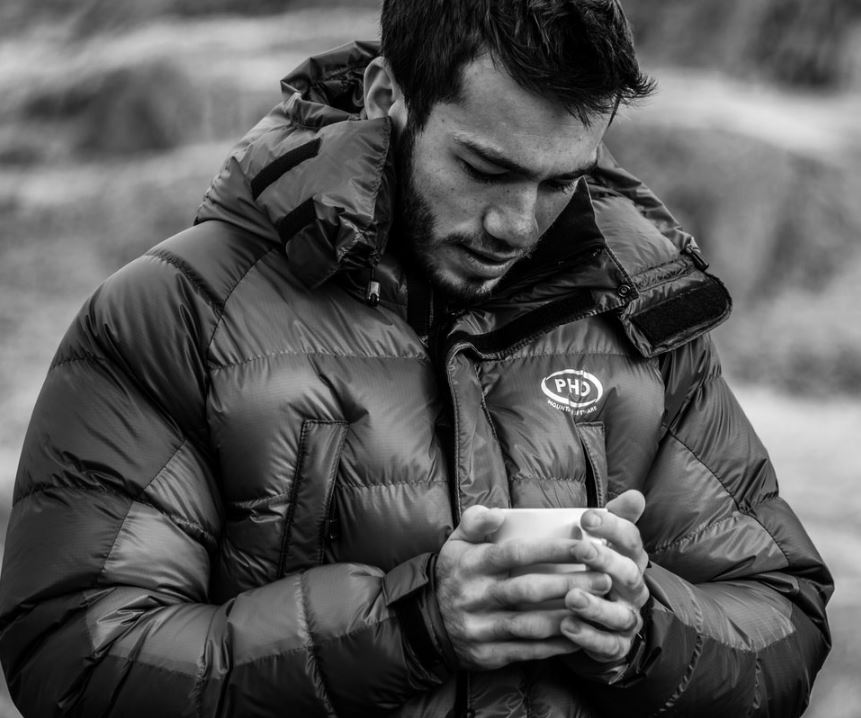
It’s the same idea that you’re probably used to with sleeping bags, although admittedly in that case it’s a bit easier and more reliable: we can all be pretty certain that the activity you’ll be getting up to is sleeping. That means you just need to know whether you tend to feel the cold and – once again – adjust accordingly.
Recently, a chap called Simon Curson went off to Alaska to climb Denali: a staggeringly cold mountain. We’d normally suggest taking a Xero K Jacket (with a TOT of -40°C) and a sleeping bag like the Hispar 1000K or Diamir 1200K (-46°C or -48°C), but Simon took a Hispar K Jacket (-30°C) and a Hispar 800K sleeping bag (-33°C). He wasn’t just slumming it and making do though:
“I was recently in Alaska climbing Denali and used your jacket and sleeping bag in some pretty rough arctic storms. Both performed brilliantly. The jacket was the main reason I enjoyed Denali and was able to function. Thank you very much for your time and like I said I think your products are the bomb. They were getting a lot of attention at 14k camp from the American climbers. Some had heard of you and were talking in hushed tones about how good the kit was. Those who hadn’t heard were impressed when we did jacket swaps (although never for long!).”

Simon’s an experienced climber, and part of his kit choice was based on getting things as light as possible. What he considers to be ‘too cold’ will be different from what’s too cold for someone else, so the right kit for him will be understandably different from the right kit for someone else too.
So that’s back to the beginning: if you’re choosing what to wear, you think about the weather, about what you’ll be doing, and – crucially – about how cold you’re happy to be. The TOTs are simply there because if you’ve never worn these jackets, you need some info about what they can do. That’s why we use temperatures: you need to decide on a jacket for the cold, so we use the international language of cold!
And finally, if you haven’t the experience to know whether to take TOTs at face value or adjust them a bit, that’s fine: we have! We’ve been field testing for decades – as well as talking to people like Simon (and people who feel quite the opposite way and really hate the cold) – so give us a shout or drop us a line and we’ll give you a hand.
If you haven’t the experience to know whether to take TOTs at face value or adjust them a bit, that’s fine: we have!
| 'K-Series' version of our high-altitude expedition jacket. Light enough for the... |
| Warmth to weight taken to the limit with our 'K Series' version of this... |
| Warmth to weight taken to the limit with our 'K Series' version of this... |







